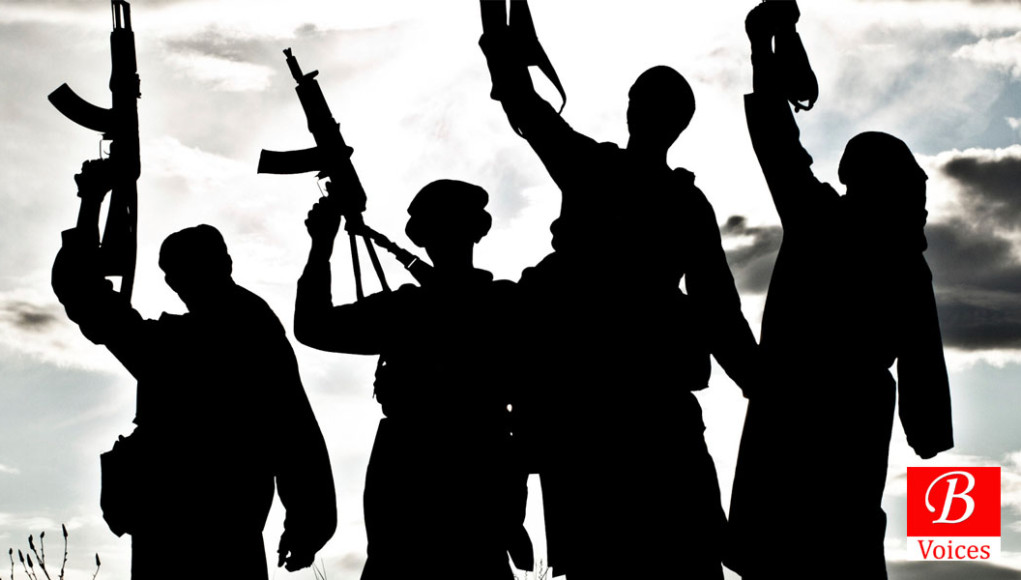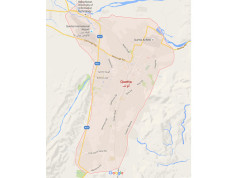 Mehrullah
Mehrullah
The indirect military strategy which was used by the United States against the Soviets in Afghanistan during 1979 to 1990 when former had launched operation cyclone to subvert the Soviet and Afghan government with the help of Mujahidins. It was also funded by Saudi Arab, Pakistan and some other western countries. They rendered immense amount of funds and weapons to fight against the Soviet Union but after the withdrawal of Soviet troops from Afghanistan, the Mujahidins came into power and plunged the Dr. Najeeb regime. The situations got worse when the warlords competed with one another to endeavor for the supremacy in different parts of country, particularly the central Kabul but the grounds for it became shoddy when in 1980 to 1990, the civil war sprang between the Northern Alliance and Taliban. It took many lives, when the leader of Hezb-e-Islami, Gulbadin Hekmatyar popularly known as ‘Butcher of Kabul’, besieged the capital through rockets launch and overthrew the Burhanuddin Rabbani in 1996 to take control of the country.
On October 7, 2001 the United States overran Afghanistan and started the operation coded as ‘Operation Enduring Freedom’ against the Taliban and Al- Qaeda. In this, the George W Bush administration backed the Northern Alliance’s notorious warlords and made a nexus of the former tyrants: Gul Agha Sherzai, former governor of Nangarhar; Ahmad Zia Massoud, son -in- law of Burhanuddin Rabbani; Abdul Rashid Dostum, the leader of Junbish party and former Vice President of Afghanistan, now in exile in Turkey; Abdullah Abdullah, Presently Chief Executive of Afghanistan; Atta Muhammad Noor; Muhammad Mohaqiq, the leader of Hezb -e- Wahdat party; and Atta Muhammad Noor, the governor of Balkh were all included. They were backed by US armed forces to counter the Taliban government and there is no suspicion that these warlords became superior due to their involvement in black economy during the Soviet-Afghan war. They were spaced in Hamid Karzai’s government who was also a former sympathizer of Mujahidins and had raised funds for them during the war against the Soviet forces.
The present Afghan government, headed by Ashraf Ghani, tried to enter Pashtun ethnic figures like Gulbadin Hekmatyar and Commander Bashir Qanet: to alleviate the Northern Alliance domination in the civil government and armed forces but it aggrandizes the ethnic tension that drives Afghan government towards a civil war. The United States does not want the breakdown of Afghan government and loss of control on remaining territories where most of the remote areas are under control of warlords and Taliban. However, it is indisputable fact that the Taliban are unfettered because most of the Taliban groups have close ties with other imperialists regimes like Iran, India, Russia, China and Pakistan. Their stints and loyalties change with the passage of time when the dynamics of interest changes.
The recent strain explodes between Afghanistan and Pakistan when India aided 750 million dollars to Afghan government for infrastructure and more consulates there and that is unbearable for Pakistani regime, as the later has concerns that India will wedge it geographically on western side. On other side, China is also appalling that the Indian influence in Afghanistan will encounter their trade hegemony, in shape of Chabahar project, and that is why Chinese tried to make quadrilateral Coordination group between Afghanistan, Pakistan, United States to bring peace and sustainability in those areas where One Belt One Road (OBOR) projects exist to keep India outside of the game. However, the implication of this geopolitical strategy will escalate the circumstances in Afghanistan furthermore.
The changing dynamics in Afghanistan will be a challenge for Trump new policy because they are reluctant to have peace agreement with Taliban. But, the 400 miles peace march of Afghan people showed that they want peace and on the day of Eid ul Fitr Afghan government and Taliban had a 3 days ceasefire agreement with Taliban and during the Eid days. The Afghan armed forces and Taliban fighters were busy in making selfies and holding white flags and standing on Afghan troops vehicles but on the 4th day of Eid after ceasefire expired, Taliban ambushed on Afghan army posts at Bala Murghab district of Badghis province and killed 30 soldiers and also attacked Dashte Archi, a district of Kunduz. The Ashraf Ghani administration took it as an opportunity and offered 10 days extension unilaterally for the ceasefire but the Taliban availed this timeliness and strengthened their foothold in these areas for attacks on Afghan forces. The circumstances are in turmoil for Ashraf Ghani regime because in this proxy war there are many proxy groups which are involved in such game and there is no single group of Taliban agreeing for peace or for ceasefire when they have tried to agree one faction for peace the other one is offended and attacks on security forces. In fact, these proxies are controlled by different warlords, having links with other states, fighting for their interests in Afghanistan.
Writer belongs to Quetta and studies Sociology at Quaid-i-Azam University, Islamabad.
Disclaimer: Views expressed in this article are those of the author and Balochistan Voices not necessarily agrees with them.
Share your comments!








